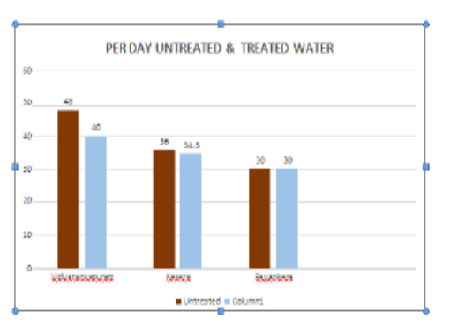
Geographical analysis
Department of Geography & GIS

Department of Geography & GIS

Geographical analysis
DOI: 10.53989/bu.ga.v12i2.23.3
Year: 2023, Volume: 12, Issue: 2, Pages: 17-21
Original Article
P Jayashree1*, R Ramya, V Minutha2, Yamuna B Raj3
1Professor, Department of Studies in Geography, University of Mysore, Mysuru, 570006
2Guest Faculty, Department of Studies in Geography, University of Mysore, 570006, Mysuru
3Assistant Professor, Journalism and Mass Communication, St. Philominas College, Mysuru, 570006
*Corresponding Author
Email: [email protected]
Received Date:18 July 2023, Accepted Date:02 November 2023
The rapid growth of the population, the technological and industrial development has brought enormous problems and degradation of the environment. There is a gradual decline in availability of fresh water to be used for irrigation in India. As a consequence, the use of urban waste water (UWW) for irrigating agricultural lands is on the rise particularly in peri-urban areas of developing countries. Effective collection and treatment of urban wastewater is a critical problem in a developing country like India. A case study was undertaken to assess the characteristic of the urban waste water and its management in Mysore city and its long-term effect on irrigation. Over the past few years the discharge of waste and sewage in Mysore City has increased, exerting a great amount of pressure on ecological protection. In this study, we focus on achieving a balanced spatial layout of sewage treatment plants in order to reveal the regional differences.
Keywords: UWW, Balanced, Treatment
© 2023 Jayashree et al. This is an open-access article distributed under the terms of the Creative Commons Attribution License, which permits unrestricted use, distribution, and reproduction in any medium, provided the original author and source are credited.
Published By Bangalore University, Bengaluru, Karnataka
Subscribe now for latest articles and news.